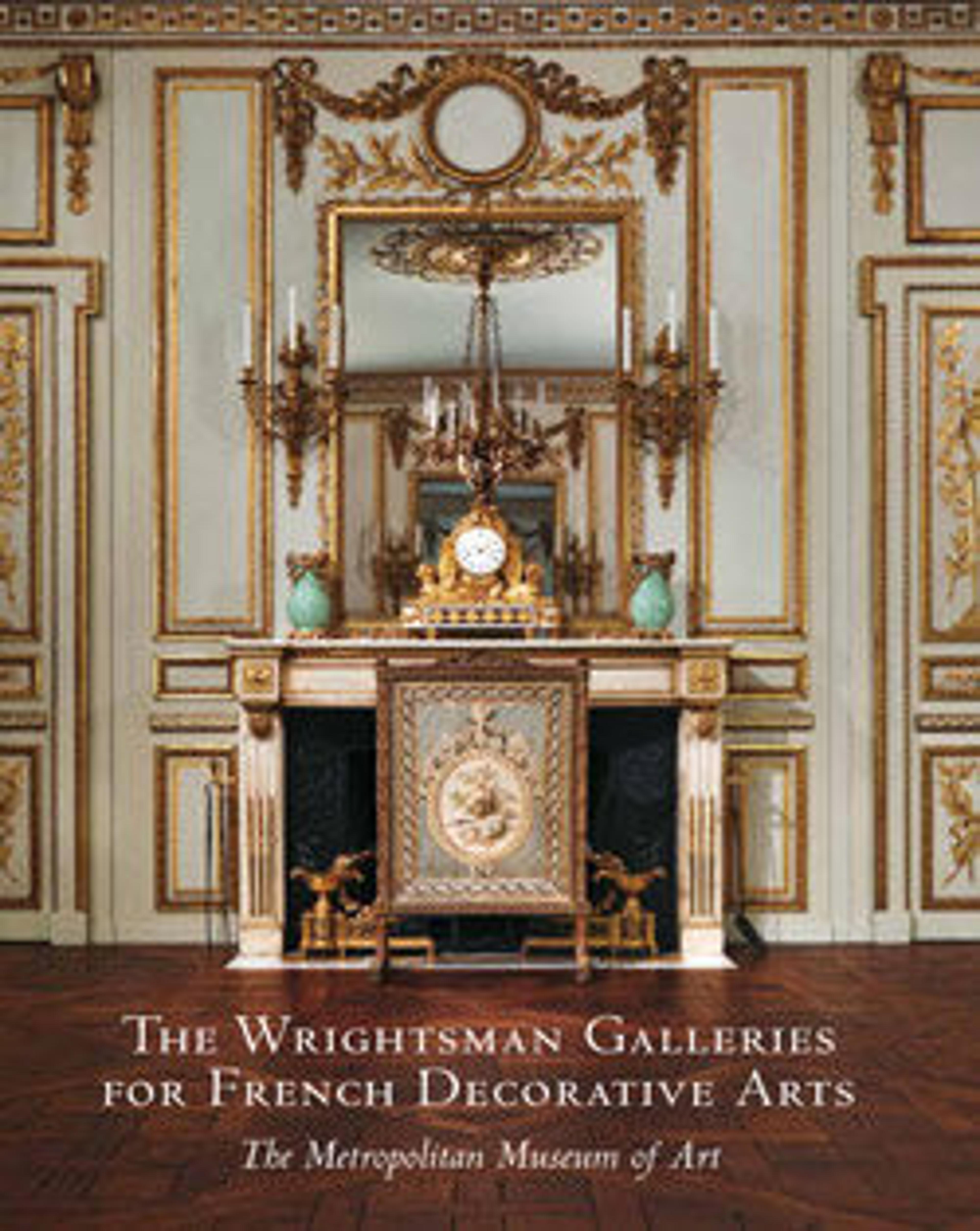Boiserie from the Hôtel Lauzun
Artwork Details
- Title:Boiserie from the Hôtel Lauzun
- Date:ca. 1770, with one modern panel
- Culture:French, Paris
- Medium:Carved and painted oak
- Dimensions:H. 323-1/2 x W. 323-1/2 x D. 195-3/4 in. (821.7 x 821.7 x 497.2 cm)
- Classification:Woodwork
- Credit Line:Purchase, Mr. and Mrs. Charles Wrightsman Gift, 1976
- Object Number:1976.91.1
- Curatorial Department: European Sculpture and Decorative Arts
Audio
2280. Boiserie from the Hôtel Lauzun, Part 1
Gallery 523
The original eighteenth-century provenance of the paneling in this room is unknown. We know only that it was used in a library of a Parisian townhouse in the late nineteenth century. The Neoclassical paneling has such typical motifs as pilasters and symmetrical garlands. And its straight lines and architectural proportions seem almost an antidote to the continuously curving, whimsical elements of Rococo. Lined up against the walls are Neoclassical settees and chairs. This formal seating arrangement refers to the fact that in the eighteenth century, one received guests, saw merchants, even had official receptions in a state bedroom like this.
To hear a description of visiting a lady’s bedchamber, press play.
Listen to more about this artwork
More Artwork
Research Resources
The Met provides unparalleled resources for research and welcomes an international community of students and scholars. The Met's Open Access API is where creators and researchers can connect to the The Met collection. Open Access data and public domain images are available for unrestricted commercial and noncommercial use without permission or fee.
To request images under copyright and other restrictions, please use this Image Request form.
Feedback
We continue to research and examine historical and cultural context for objects in The Met collection. If you have comments or questions about this object record, please contact us using the form below. The Museum looks forward to receiving your comments.
